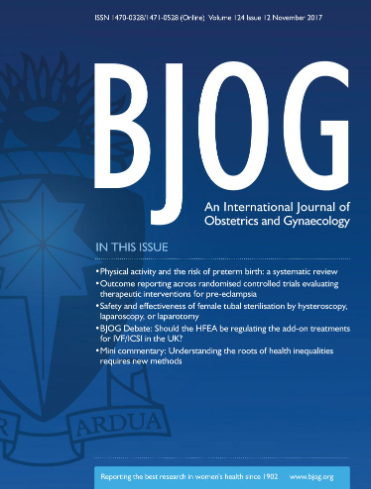Sigma-1 Receptor-Mediated High Mobility Group A1 Silencing Alleviates Endoplasmic Reticulum Stress-Induced Ovarian Granulosa Cell Apoptosis: An In Vitro Cell Experimental Study
Abstract
Objective
To investigate the role and underlying mechanism of sigma-1 receptor (SigmaR1)/high mobility group A1 (HMGA1) in the pathogenesis of diminished ovarian reserve (DOR).
Design
In vitro cell experimental study.
Setting
The Reproductive Medical Center, People's Hospital of Zhengzhou University.
Sample
Serum, follicular fluid (FF), ovarian granulosa cells (GCs) and KGN cells.
Methods
Samples were collected from DOR patients. Endoplasmic reticulum (ER) stress was induced in the GCs using thapsigargin (TG). mRNA and protein levels were determined using reverse transcription-quantitative polymerase chain reaction and western blotting. Cell apoptosis and viability were assessed using flow cytometry and cell counting kit-8. Protein colocalization was detected via immunofluorescence. Molecular interactions were validated using co-immunoprecipitation, luciferase reporter and chromatin immunoprecipitation assays.
Main Outcome Measures
Cell viability, cell apoptosis, SigmaR1, HMGA1 and ER stress-associated mRNA levels.
Results
SigmaR1 expression decreased while HMGA1 expression increased in the serum, FF and GC samples of DOR patients and TG-treated GCs. TG induced ER stress and GC apoptosis; these effects were diminished by SigmaR1 overexpression or HMGA1 silencing. SigmaR1 expressed in the nuclear envelope forms a complex with gene repressor-specific protein 3 (SP3) and histone deacetylase (HDAC)1/2/3; however, TG reduced SigmaR1 in GCs and blocked the complex formation. HMGA1, a transcriptional target of SP3, was negatively modulated by the SigmaR1/SP3 complex. HMGA1 overexpression abolished the protective effect of SigmaR1 on TG-induced ER stress and GC apoptosis.
Conclusion
SigmaR1 formed a SmigaR1/SP3/HDAC complex to inhibit HMGA1 transcription, alleviating ER stress and GC apoptosis and providing new therapeutic targets for DOR.

 求助内容:
求助内容: 应助结果提醒方式:
应助结果提醒方式:


